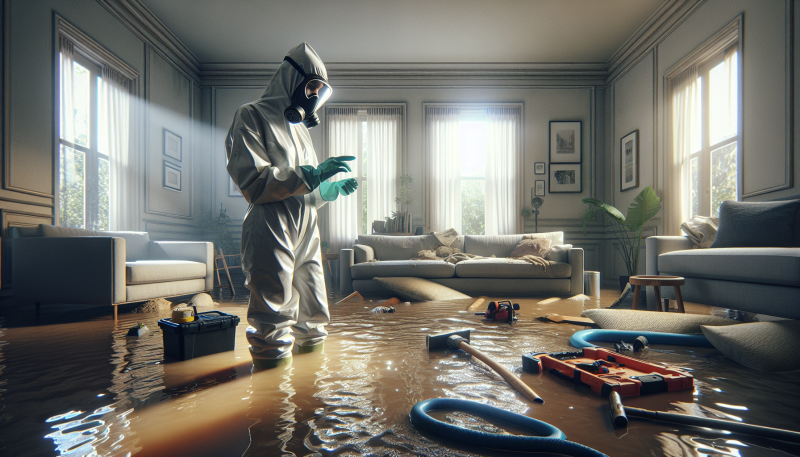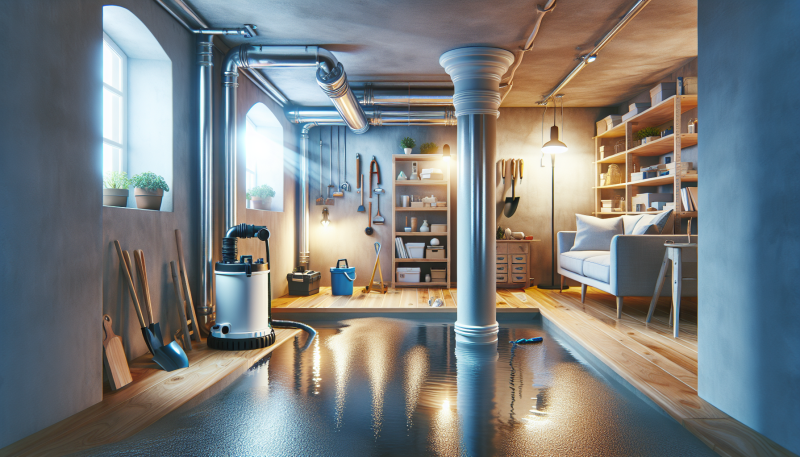Professional mold cleanup in New Jersey by IICRC certified specialists. We offer 24/7 inspection, removal, and remediation. Safe, fast, and fully insured.
Understanding the Long-Term Effects of Mold Exposure
Mold is more than just an unsightly blemish on your walls; it can have serious long-term effects on your health and property. If you've ever dealt with water









